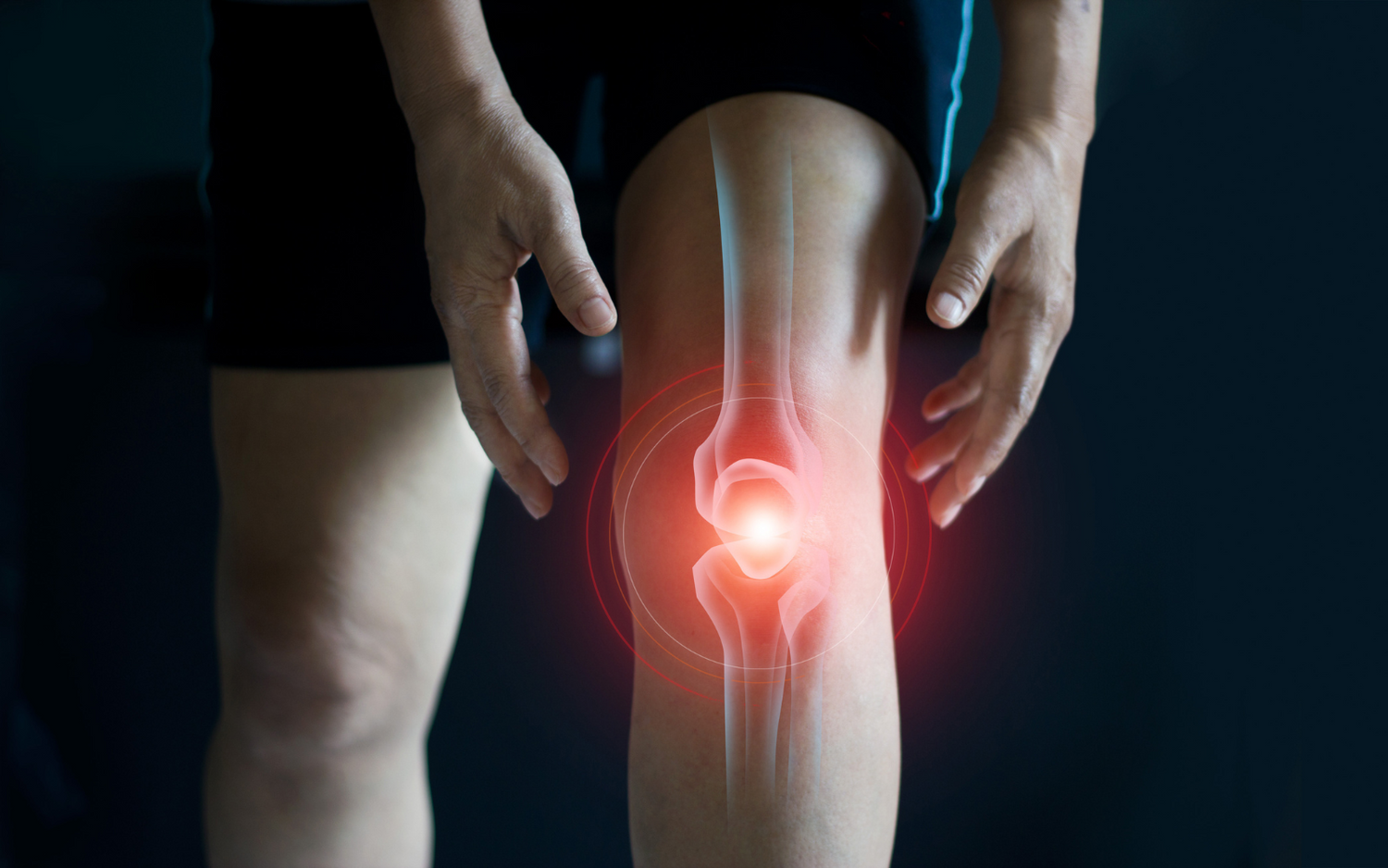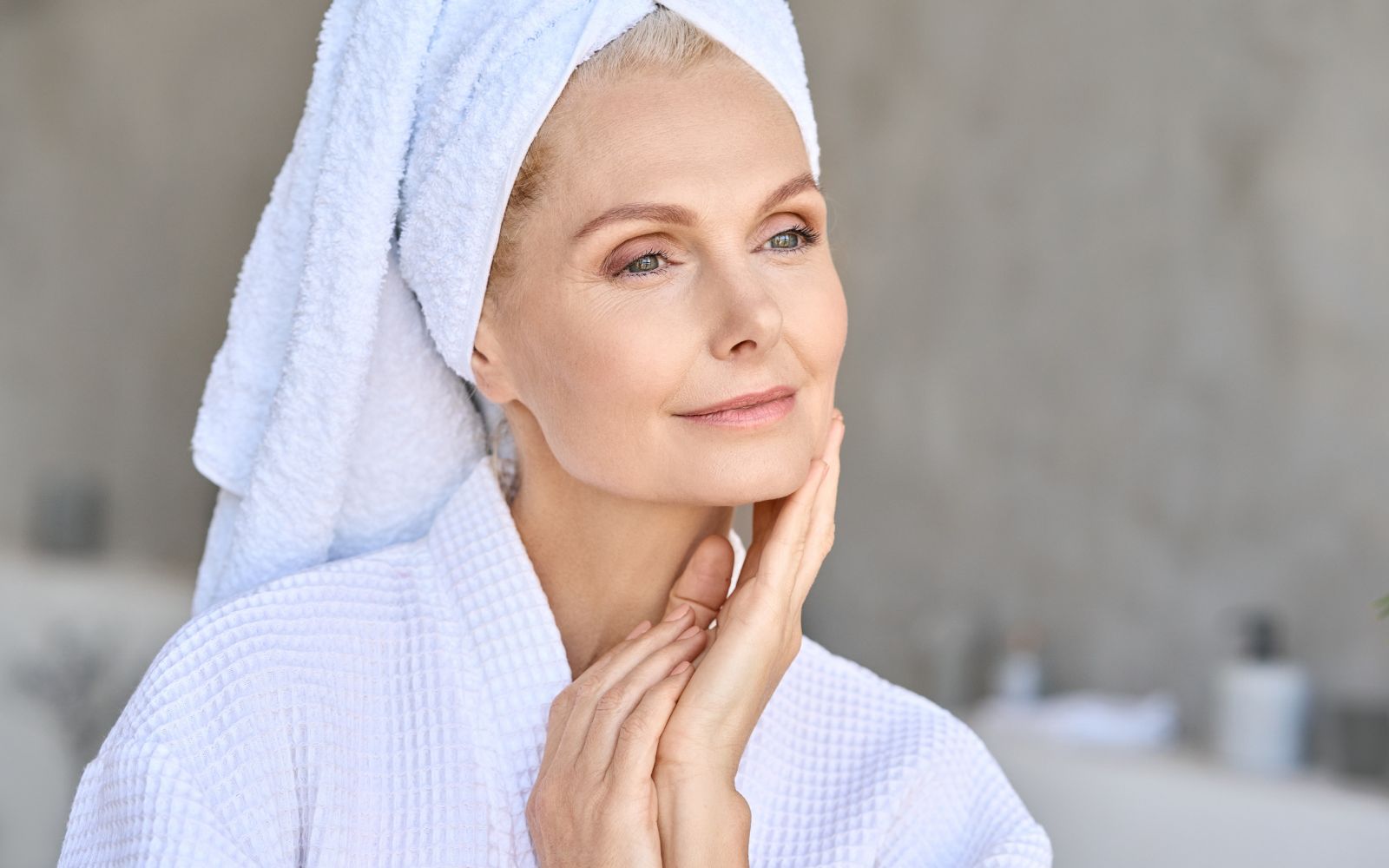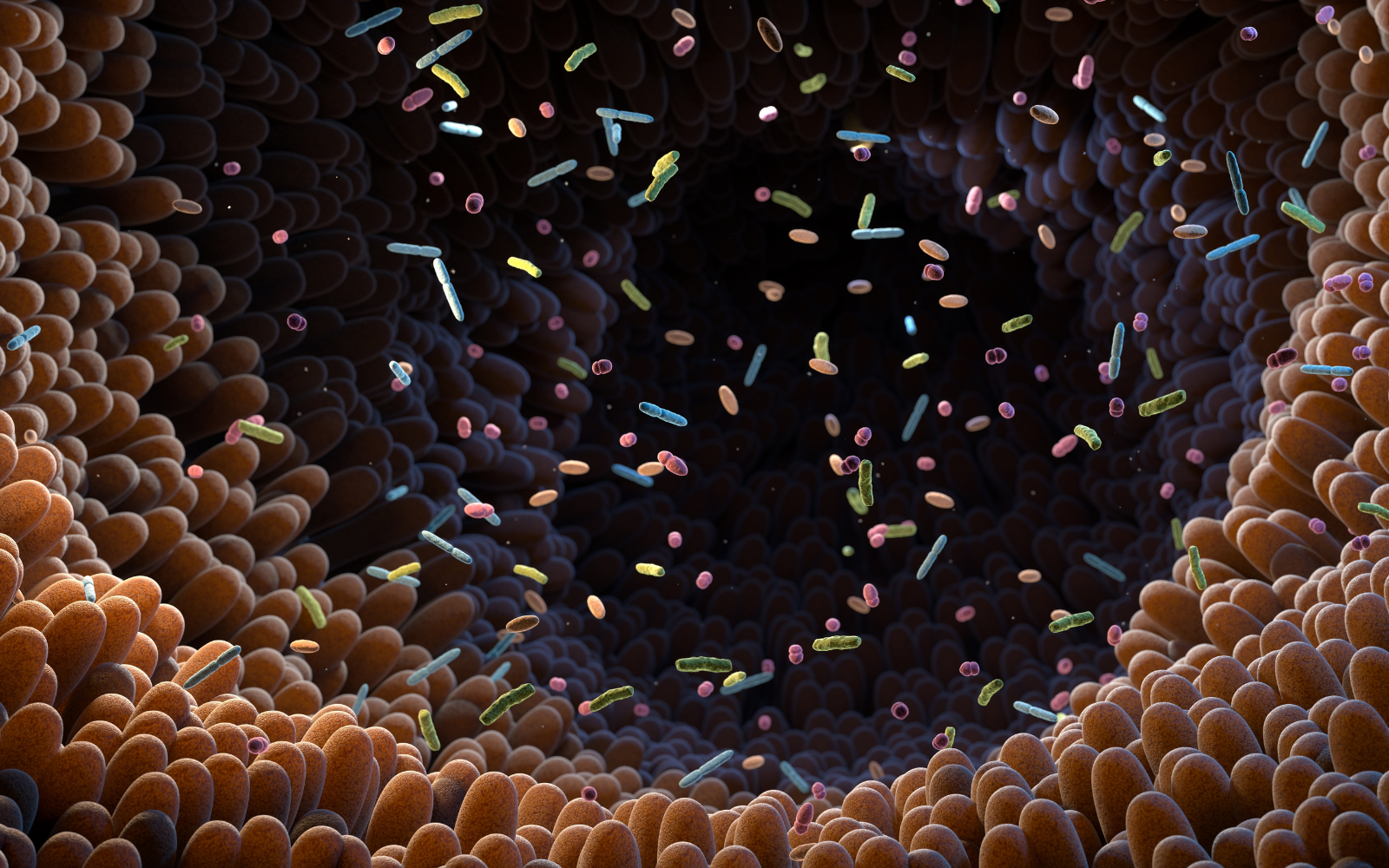What is Chronic Inflammation?
Inflammation is a recognizable accompaniment to aging. Demonstrably, over one in four American adults between the ages 45 and 64 and nearly half of all Americans over 65 have been diagnosed with osteoarthritis (1). Among the primary symptoms of which is chronically swollen joints.
Normally, inflammation is a vital defense mechanism and the immune system’s response to harmful stimuli like pathogens or toxins. But, when inflammation is sustained and becomes chronic, disease and aging are the result.
Chronic inflammation can happen at both a systemic and a local level. There are many local pathological phenotypes of inflammation including, for example, arteriosclerosis neuroinflammation, intervertebral discal degeneration, and, of course, osteoarthritis.
Accompanied by sustained inflammation are inflammatory cytokines and biomarkers, proteins that respectively promote and indicate inflammation. Immune function decline is associated with this enhanced inflammation.
Links between inflammation and other aging hallmarks
Lopez-Otin et al characterize inflammation or inflammaging as an integrative hallmark (2). The integrative hallmarks arise when the accumulated damage caused by the primary and antagonistic hallmarks cannot be compensated by the cell’s mechanisms to promote homeostasis. It turns out that inflammation is a direct secondary effect of the damage caused by nearly every other hallmark.
The clearest connection between inflammation and another hallmark is with altered intercellular communication. Indeed, even Lopez-Otin et al initially combined their effects into a singular hallmark. You’ll remember from Hallmark 9, altered intercellular communication, that the inflammaged cell leads to increased production of IL-1BETA, tumor necrosis factor, and interferons. All of these factors increase the “noise” in the system and compromise communication.
Overexpression of pro-inflammatory proteins can also be secondary to epigenetic dysregulation (Hallmark 3), deficient proteostasis (Hallmark 4), and disabled autophagy (Hallmark 10).
Anti-inflammatory, anti-aging interventions
Inflammation is a hallmark in its own right because experimentally manipulating the inflammatory and immune system can accelerate or decelerate the aging process across different systems (3). For example, deletion of the DNA repair protein ERCC1 in hematopoietic cells (blood stem cells) in mice induces immunosenecence, aging of non-lymphoid organs, and other types of organ damage that leads to reduced lifespan (4). This phenotype can be rescued with the introduction of fisetin, a plant derivative and known senolytic (5).
There are many examples of how anti-inflammatory treatments increase health and lifespan (decelerating the aging process). For example, knockout of the inflammasome protein NLRP3 in mice has a multitude of health improving effects including improved metabolic biomarkers, glucose tolerance, cognition and motor performance; it also extends longevity (6).
There are, of course, studies looking for interventions safe and suitable for humans. Lopez-Otin et al cite a recent phase 3 clinical trial CANTOS, which evaluated the capacity of canakinumab, a medication currently approved for the treatment of Familial Mediterranean Fever and Active Systemic Juvenile Idiopathic Arthritis, to prevent recurrent cardiovascular disease in patients with a history of heart attack and pronounced inflammation (2). They met the primary endpoint of trial and researchers also found that canakinumab reduced the incidence of diabetes, hypertension, and lung cancer.
What you can do
Like for other integrative hallmarks (stem cell exhaustion, altered intercellular communication, and gut dysbiosis), the best way to combat or prevent inflammation is to address the primary and secondary hallmarks. Chief among the ways to combat the hallmarks is dietary or caloric restriction. Caloric restriction can also improve the immune system directly. For example, Lopez-Otin cite caloric restriction as a known improver of thymopoiesis, a vital t-cell maturation process that helps the body to mount an appropriate immune response to pathogens (2).
Not everyone can, of course, tolerate fasting. It can be more problematic for women, especially at the menopausal stage, and those with thyroid conditions like hypothyroidism. There are calorie restriction mimetics, however, that provide the benefits of fasting without the need to fast. Spermidine is one of them, since it boosts autophagy, the body's cellular renewal and clean up process that occurs during fasting.
For more information about safe ways to introduce caloric restriction to your lifestyle, please read more here.
References
(1) Barbour KE, Helmick CG, Boring M, Brady TJ. Vital Signs: Prevalence of Doctor-Diagnosed Arthritis and Arthritis-Attributable Activity Limitation - United States, 2013-2015. MMWR Morb Mortal Wkly Rep. 2017 Mar 10;66(9):246-253. doi: 10.15585/mmwr.mm6609e1. PMID: 28278145; PMCID: PMC5687192.
(2) López-Otín C, Blasco MA, Partridge L, Serrano M, Kroemer G. Hallmarks of aging: An expanding universe. Cell. 2023 Jan 19;186(2):243-278. doi: 10.1016/j.cell.2022.11.001. Epub 2023 Jan 3. PMID: 36599349.
(3) Li X, Li C, Zhang W, Wang Y, Qian P, Huang H. Inflammation and aging: signaling pathways and intervention therapies. Signal Transduct Target Ther. 2023 Jun 8;8(1):239. doi: 10.1038/s41392-023-01502-8. PMID: 37291105; PMCID: PMC10248351.
(4) Kim DE, Dollé MET, Vermeij WP, Gyenis A, Vogel K, Hoeijmakers JHJ, Wiley CD, Davalos AR, Hasty P, Desprez PY, Campisi J. Deficiency in the DNA repair protein ERCC1 triggers a link between senescence and apoptosis in human fibroblasts and mouse skin. Aging Cell. 2020 Mar;19(3):e13072. doi: 10.1111/acel.13072. Epub 2019 Nov 18. PMID: 31737985; PMCID: PMC7059167.
(5) Robbins PD, Jurk D, Khosla S, Kirkland JL, LeBrasseur NK, Miller JD, Passos JF, Pignolo RJ, Tchkonia T, Niedernhofer LJ. Senolytic Drugs: Reducing Senescent Cell Viability to Extend Health Span. Annu Rev Pharmacol Toxicol. 2021 Jan 6;61:779-803. doi: 10.1146/annurev-pharmtox-050120-105018. Epub 2020 Sep 30. PMID: 32997601; PMCID: PMC7790861.
(6) Marín-Aguilar F, Lechuga-Vieco AV, Alcocer-Gómez E, Castejón-Vega B, Lucas J, Garrido C, Peralta-Garcia A, Pérez-Pulido AJ, Varela-López A, Quiles JL, Ryffel B, Flores I, Bullón P, Ruiz-Cabello J, Cordero MD. NLRP3 inflammasome suppression improves longevity and prevents cardiac aging in male mice. Aging Cell. 2020 Jan;19(1):e13050. doi: 10.1111/acel.13050. Epub 2019 Oct 18. PMID: 31625260; PMCID: PMC6974709.





Leave a comment
All comments are moderated before being published.
This site is protected by hCaptcha and the hCaptcha Privacy Policy and Terms of Service apply.